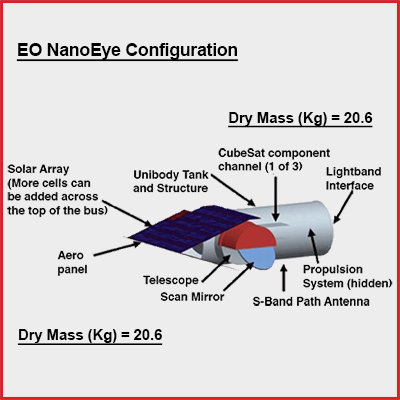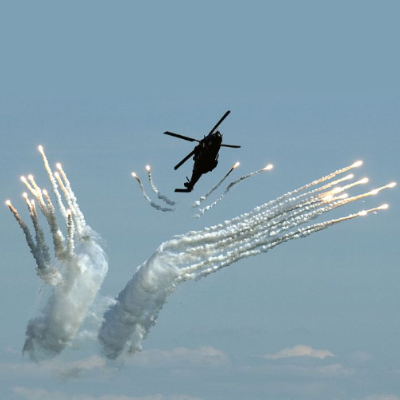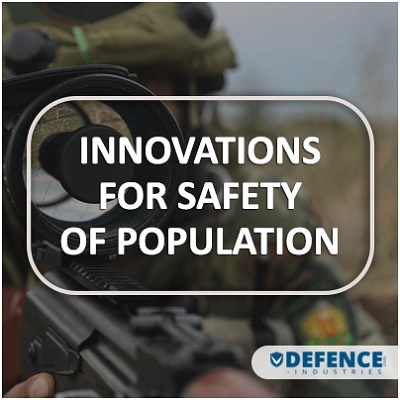Innovations in Military Aerospace: A B2B Perspective 25 June 2024

Introduction:
The field of military aerospace is undergoing a transformative phase with rapid advancements in technology. This article explores cutting-edge innovations in military aerospace and delves into how B2B companies can strategically leverage these breakthroughs for sustainable growth and competitive advantage.
1. Unmanned Aerial Vehicles (UAVs) and Drones:
In recent years, Unmanned Aerial Vehicles (UAVs) and drones have emerged as pivotal game-changers in military aerospace, revolutionizing the nature of warfare and surveillance. The latest developments in UAV technology for military applications showcase remarkable strides in autonomy, endurance, and mission versatility. B2B opportunities abound for companies engaging in the manufacturing, maintenance, and software development aspects of military drones. From designing cutting-edge airframes to developing sophisticated software for mission planning and execution, businesses can strategically position themselves in this burgeoning market. Importantly, the integration of UAVs into defense operations offers substantial cost savings and operational efficiencies for defense contractors. The reduced need for pilot training, coupled with the ability of drones to execute missions with precision and persistence, not only enhances mission success rates but also significantly optimizes resource utilization. As the demand for UAV capabilities continues to rise, B2B entities poised to contribute to this technological frontier are well-positioned to navigate a landscape marked by innovation, growth, and heightened strategic relevance.
2. Hypersonic Technology:
Hypersonic technology has emerged as a paradigm-shifting force in military aviation, representing a revolutionary leap in speed and maneuverability. Its significance lies in the ability to propel aircraft and missiles at speeds exceeding Mach 5, offering unprecedented advantages in terms of rapid response, reduced reaction time, and enhanced global reach. As military forces seek to bolster their capabilities, the potential for B2B partnerships in the development and manufacturing of hypersonic vehicles becomes increasingly evident. Collaborations between aerospace manufacturers, propulsion system developers, and technology innovators hold the key to unlocking the full potential of hypersonic technology. Beyond traditional military aircraft, hypersonic advancements find applications in missile systems and reconnaissance, reshaping the landscape of strategic defense initiatives. The unparalleled speed and unpredictability of hypersonic vehicles make them formidable assets in overcoming enemy defenses and gathering critical intelligence. Consequently, B2B entities engaged in hypersonic technology stand to play a pivotal role in shaping the future of military aviation, fostering innovation, and addressing the evolving needs of defense forces worldwide.
3. Advanced Materials and Lightweight Structures:
In the realm of military aerospace, a notable transformation is underway with innovations in advanced materials and lightweight structures reshaping the very foundation of aircraft design. Breakthroughs in materials, particularly composites and alloys, are playing a pivotal role in crafting aircraft that are not only lighter but also exceptionally durable. These advancements offer a strategic edge to B2B companies as they can tap into the supply chain for these cutting-edge materials. Collaborations with manufacturers and suppliers in the aerospace industry become crucial for businesses seeking to contribute to the development of lighter and more resilient aircraft. The benefits of lightweight structures extend beyond reduced aircraft weight, positively impacting fuel efficiency and overall performance. Lighter aircraft require less fuel, resulting in lower operational costs and reduced environmental impact. Moreover, enhanced performance characteristics, such as improved agility and maneuverability, further underscore the advantages of prioritizing advanced materials in military aerospace. As B2B entities embrace these innovations, they position themselves as integral contributors to the evolution of military aviation, fostering a paradigm where strength meets efficiency in the pursuit of heightened performance.
4. Artificial Intelligence (AI) and Machine Learning:
The integration of Artificial Intelligence (AI) in military aerospace represents a transformative leap forward, ushering in an era of heightened efficiency and precision. The focus on autonomous systems and decision-making has become a cornerstone in shaping the future of military aviation. B2B opportunities in this dynamic landscape are abundant, particularly in AI software development, training, and maintenance for aerospace applications. Companies specializing in AI technologies stand to play a pivotal role in crafting intelligent systems that enhance aircraft autonomy and decision-making capabilities. Moreover, the role of AI extends to predictive maintenance, where algorithms analyze data to forecast equipment failures, minimizing downtime and optimizing operational readiness. In mission planning, AI's capacity to process vast amounts of data in real-time enables more informed and adaptive strategies. As B2B entities delve into these opportunities, they not only contribute to the evolution of military aerospace but also position themselves as key players in shaping the intelligent future of defense technologies.
5. Space-Based Technologies:
The confluence of military aerospace and space technologies is forging a new frontier with profound implications for defense capabilities. The growing intersection signifies a strategic shift towards leveraging space-based technologies to enhance military operations. Within this context, B2B collaborations are poised to play a crucial role, particularly in satellite manufacturing, space-based communication, and surveillance. Companies involved in these collaborations contribute to the development of cutting-edge satellite systems that enable secure and robust communication networks and enhance global situational awareness through advanced surveillance capabilities. Defense contractors engaging in space-related innovations stand to gain strategic advantages, such as improved intelligence gathering, secure communication channels, and enhanced navigation capabilities. The integration of space-based technologies not only expands the scope of military aerospace but also underscores the critical role that B2B entities play in shaping the future of defense capabilities that extend beyond Earth's atmosphere. As the boundaries between aerospace and space continue to blur, B2B collaborations become instrumental in driving innovations that redefine the landscape of national security and strategic defense initiatives.
6. Electrification and Sustainable Aviation:
The landscape of military aerospace is undergoing a revolutionary transformation with the exploration of innovations in electric propulsion. This shift towards electric propulsion systems for military aircraft not only signifies a departure from traditional fuel-based models but also introduces unprecedented opportunities for B2B collaboration. Companies specializing in the development of electric propulsion systems, advanced batteries, and charging infrastructure are at the forefront of this transformative wave. B2B opportunities abound as these entities play a pivotal role in shaping the future of sustainable aviation. By contributing to the development of cutting-edge technologies, businesses position themselves as integral players in the evolution towards cleaner, more efficient military aircraft. Beyond the technological advancements, the environmental benefits of sustainable aviation solutions are noteworthy, with reduced carbon emissions and a diminished ecological footprint. Simultaneously, the adoption of electric propulsion can result in long-term cost savings through decreased reliance on traditional fuel sources and streamlined maintenance requirements. As B2B collaborations continue to drive these innovations, they not only foster a more sustainable approach to military aviation but also unlock new avenues for growth and competitiveness in the defense industry.
7. Augmented Reality (AR) and Virtual Reality (VR):
The integration of Augmented Reality (AR) and Virtual Reality (VR) in military aerospace is revolutionizing training and simulation methodologies, ushering in a new era of immersive and realistic learning experiences. As the applications of AR and VR continue to evolve, their impact on military aerospace training becomes increasingly significant. B2B opportunities in this domain are diverse, encompassing the development of sophisticated training programs, advanced simulators, and maintenance systems that leverage these technologies. Companies specializing in AR and VR technologies have the chance to collaborate with defense entities, contributing to the creation of state-of-the-art training solutions that enhance situational awareness, decision-making, and mission readiness. Beyond the technological advancements, the potential for cost-effective and realistic training experiences is a compelling aspect. AR and VR enable trainees to engage in highly realistic scenarios without the need for expensive physical equipment or live exercises, resulting in substantial cost savings for military organizations. As B2B collaborations drive innovations in AR and VR applications for military aerospace, they not only redefine training paradigms but also offer businesses unique opportunities for growth and specialization in this dynamic and transformative sector.
Conclusion:
As military aerospace continues to evolve, B2B companies have a unique opportunity to position themselves at the forefront of innovation. By understanding and embracing these cutting-edge technologies, businesses can forge strategic partnerships, diversify their offerings, and contribute to the growth and success of the military aerospace industry. Staying proactive in adopting these innovations will be key to maintaining a competitive edge in the dynamic landscape of defense contracting.







